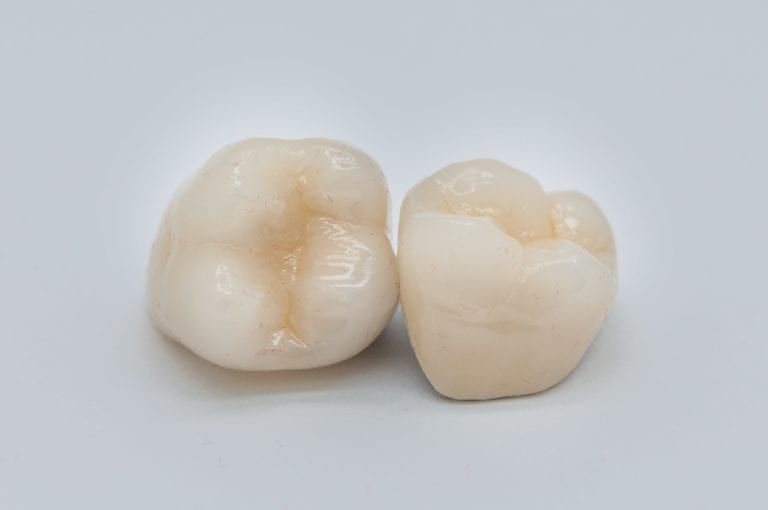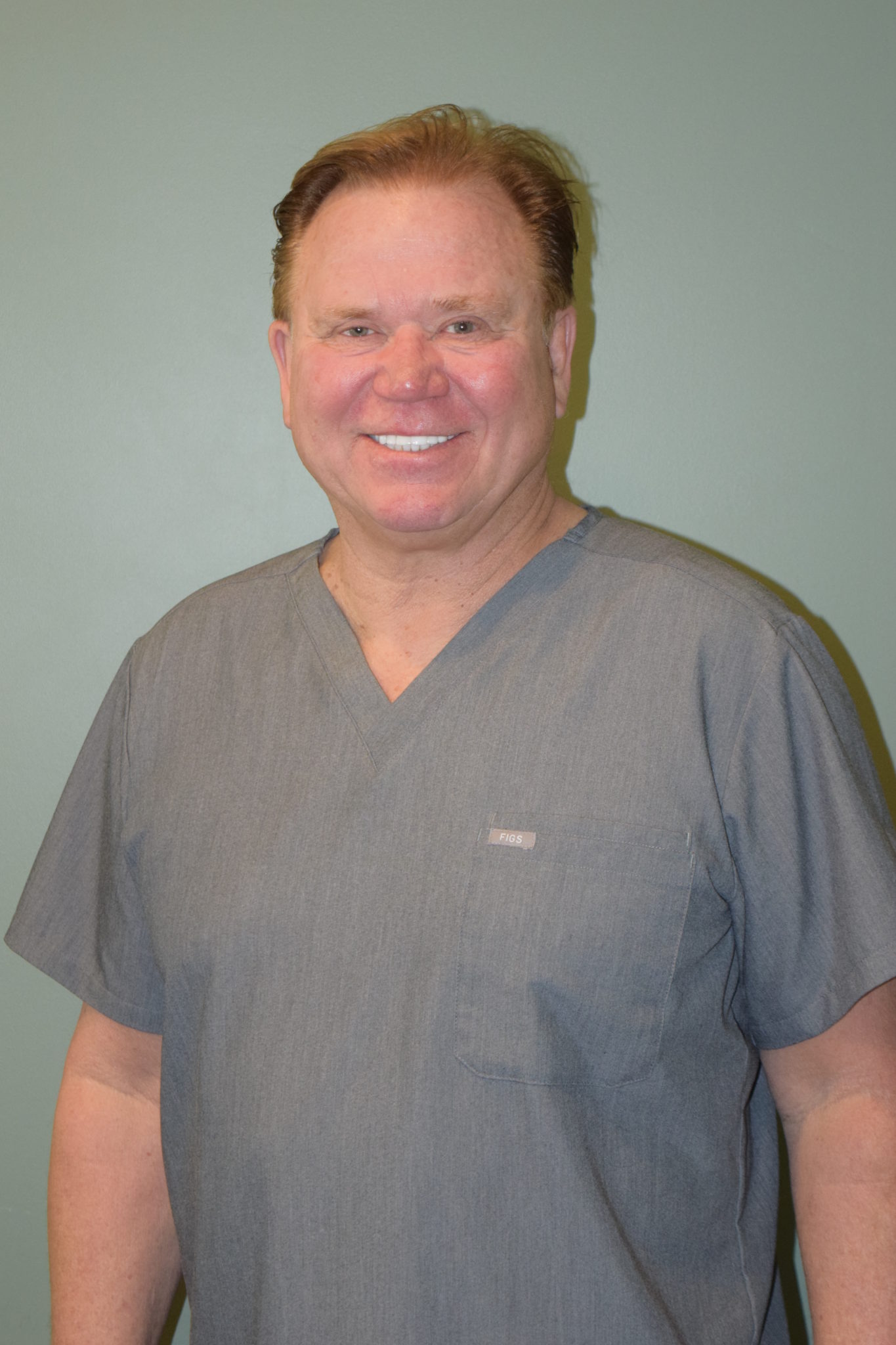What is Dentinogenesis Imperfecta?

Maintaining your oral health can be challenging for some, but it can pose many risks for those who experience co-existing problems with their oral health. Dentinogenesis Imperfecta is a genetic disorder that affects approximately 1 in 7000 people annually and causes many oral health complications. Dentists and patients need to become more aware of how genetic conditions like Dentinogenesis Impefecta can affect the teeth. We’re here to provide a quick look into what this condition is, its symptoms, what causes it to occur, and available treatment options.
What is Dentinogenesis Imperfecta?
Dentinogenesis imperfecta is a genetic mutation that disrupts the development and formation of the dentin, the second layer of the tooth responsible for protecting and providing sensitivity to the tooth pulp. This genetic condition comes from abnormalities in the DSPP gene, which plays a vital role in dentin formation. This mutation can be inherited from either parent or occur spontaneously without any previous family history of the disorder.
There are three classifications that dentists use to diagnose this condition. These include:
- Type I: Type I is observed in people with osteogenesis imperfecta, a genetic condition characterized by fragile, easily fractured bones. The bones can get fractured without any apparent cause or injury, and these two conditions have a high correlation.
- Type II: Considered the most common type, Type II often occurs without any underlying genetic conditions. It’s most often seen in people experiencing aging-related conditions such as hearing loss or deafness and most often affects older populations.
- Type III: While not considered an official or widespread classification, it exists in isolated cases in people without hereditary conditions.
When it comes to the symptoms of Dentinogenesis Imperfecta, one of the most prominent symptoms is tooth discoloration. It can cause the teeth to appear translucent, often giving off a bluish-gray or yellowish-brown color. The teeth can also appear bulbous in shape and show signs of enamel wear, which heavily increases the risk of decay and breakage.
While this condition isn’t curable, your dentist can provide treatments to help manage and minimize its effects. These treatments aim to prevent further damage and protect the remaining tooth structure for your oral health. Some of the treatment options your dentist may provide include:
- Cleaning and Fluoride: Regular cleanings and fluoride treatments can help minimize the effects of the condition and reduce enamel wear over time.
- Crowns, Veneers, and Bonding: In cases where significant enamel and dentin wear down, restorative treatment options can be provided to help protect the remaining tooth structure.
- Implants, Bridges, and Dentures: In cases where the teeth cannot be saved through conservative or minimally invasive measures, implants, dentures, and bridges can help protect your oral health.
Visit Summit Dental Group for An Oral Examination Today
Managing genetic conditions such as Dentinogenesis Imperfecta can be extremely challenging and disheartening when it comes to maintaining your oral health. However, our team at Sunset Dental Group can provide exceptional care to help you manage your genetic condition and care for your teeth. Under the care of Drs. Amanda & Kronquist, we proudly serve our community in Santa Ana, CA. Call us at (714) 547-6671 to learn more!

Recent Comments